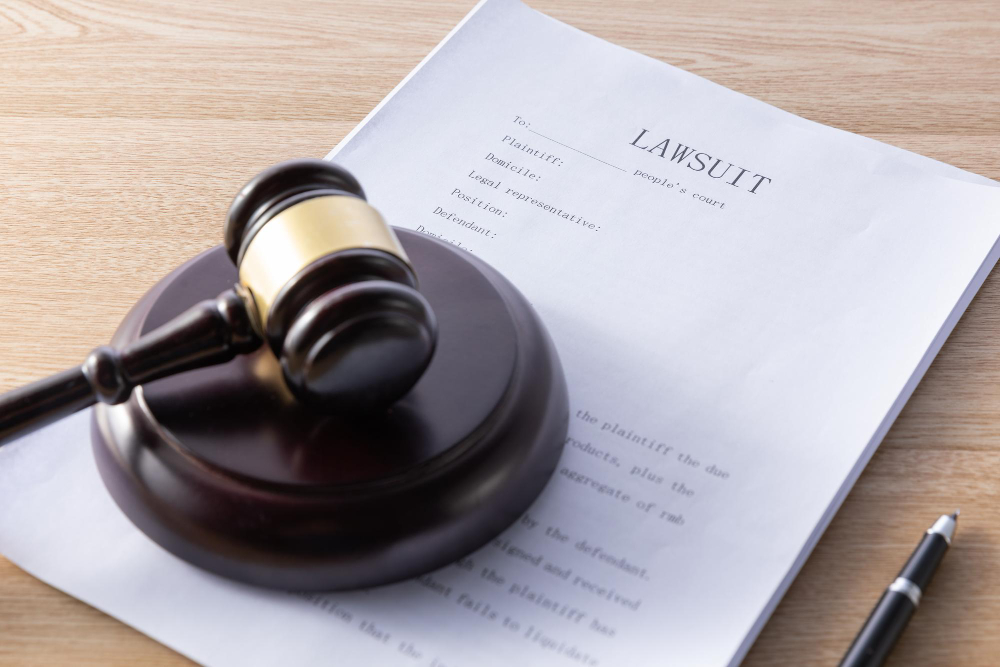Now Reading: A Discussion on Key Differences Between Federal Complaint and Indictment
-
01
A Discussion on Key Differences Between Federal Complaint and Indictment

A Discussion on Key Differences Between Federal Complaint and Indictment
The U.S. legal system follows specific procedures when charging someone with a crime. Two common methods are through a federal complaint or an indictment. While both serve as formal accusations, they differ in process, purpose, and legal requirements.
Understanding the distinction between a criminal complaint vs. an indictment is crucial for defendants, attorneys, and anyone navigating federal court. A complaint is typically filed to initiate charges, often before an arrest. An indictment, however, comes from a grand jury and carries more weight in serious cases.
This discussion will explore key differences, including who issues them, when they are used, and their implications. Whether you’re a legal professional or simply curious, knowing these distinctions can clarify how federal prosecution unfolds.
What Is a Federal Complaint?
A federal complaint is a written statement of the essential facts constituting a federal offense. It is usually filed by a federal law enforcement officer, such as an FBI agent or a DEA officer, and it must be supported by a sworn affidavit. The complaint is presented to a magistrate judge, who evaluates whether there is probable cause to believe the named individual committed the alleged crime.
Under Federal Rule of Criminal Procedure 3, a complaint is “a written statement of the essential facts constituting the offense charged. It must be made under oath before a magistrate judge.” This makes the federal complaint an important tool in the early stages of an investigation, especially when authorities need to act quickly, such as making an arrest or obtaining a warrant, before convening a grand jury.
Complaints are most commonly used when the prosecution needs more time to gather evidence or is awaiting a grand jury session. They are temporary by design and are generally followed by a preliminary hearing. According to Rule 5.1, the government has 14 days (if the defendant is in custody) or 21 days (if the defendant is not in custody) to hold a preliminary hearing unless the defendant waives it or is later indicted by a grand jury.
If probable cause is found at the preliminary hearing, the case can proceed to the next stage—typically an indictment or information. If probable cause is not found, the complaint may be dismissed. Thus, while a federal complaint can lead to arrest and temporary detention, it does not constitute formal charges in the same way an indictment does.
What Is an Indictment?
An indictment is a formal charge issued by a grand jury after reviewing evidence presented by a federal prosecutor. It signifies that the grand jury believes there is probable cause to charge the individual with a federal crime. Indictments are required for all federal felonies unless the defendant waives that right, in which case charges may be brought through an “information.”
The legal foundation for indictments is found in the Fifth Amendment to the U.S. Constitution, which states, “No person shall be held to answer for a capital, or otherwise infamous crime, unless on a presentment or indictment of a grand jury…” This requirement acts as a safeguard against prosecutorial overreach, ensuring that serious criminal charges cannot be brought without citizen oversight.
Grand jury proceedings are secret, and neither the defendant nor their attorney is allowed to be present. Only the prosecutor, the grand jurors, witnesses, and a court reporter may attend. If a majority of the 16–23 grand jurors vote in favor of indictment, a “true bill” is issued. If they reject the charges, it is called a “no bill.”
Unlike a complaint, which is initiated by law enforcement or a prosecutor, an indictment represents the collective decision of a group of citizens. It also typically reflects a more developed case, supported by a wider array of evidence and legal analysis.
Key Procedural Differences
The core distinction between a federal complaint and an indictment lies in how each is initiated and authorized. A complaint is a unilateral action by the prosecution, supported by law enforcement. It does not require citizen input and can be prepared and filed relatively quickly. It is useful in urgent situations, such as when authorities wish to arrest a suspect while continuing to build a case.
By contrast, an indictment takes longer to obtain because it requires a formal presentation of evidence to a grand jury. It cannot be used without grand jury involvement unless the defendant waives that right. This makes indictments more suited for serious charges where the government has had sufficient time to investigate.
Another key difference is transparency. While a complaint and affidavit are usually accessible to the defense and sometimes the public, grand jury proceedings remain sealed unless the indictment is unsealed by the court.
Legal Impact and Consequences
Being named in a complaint can lead to arrest and detention, but it does not automatically result in a trial unless it is followed by an indictment or an information. A complaint may expire or be dismissed if the government fails to indict within the time limits prescribed by law.
An indictment, on the other hand, represents formal charges. Once a person is indicted, the case typically proceeds to arraignment, where the defendant enters a plea. It then follows the standard path of pretrial motions, discovery, plea negotiations, or trial.
Importantly, the standard of proof is different at each stage. Both a complaint and an indictment require only “probable cause,” which is far lower than the “beyond a reasonable doubt” standard required for conviction at trial. However, the procedural weight of an indictment generally signals that the prosecution has a more substantial case.
Conclusion
In summary, complaints are primarily tools for speed and flexibility during the early or unstable stages of a case. Indictments, by contrast, are used when the prosecution has completed significant investigative work and is ready to bring formal, often serious, charges. Understanding when and why each is used offers important insight into the federal process and what a defendant might expect as a case progresses.










